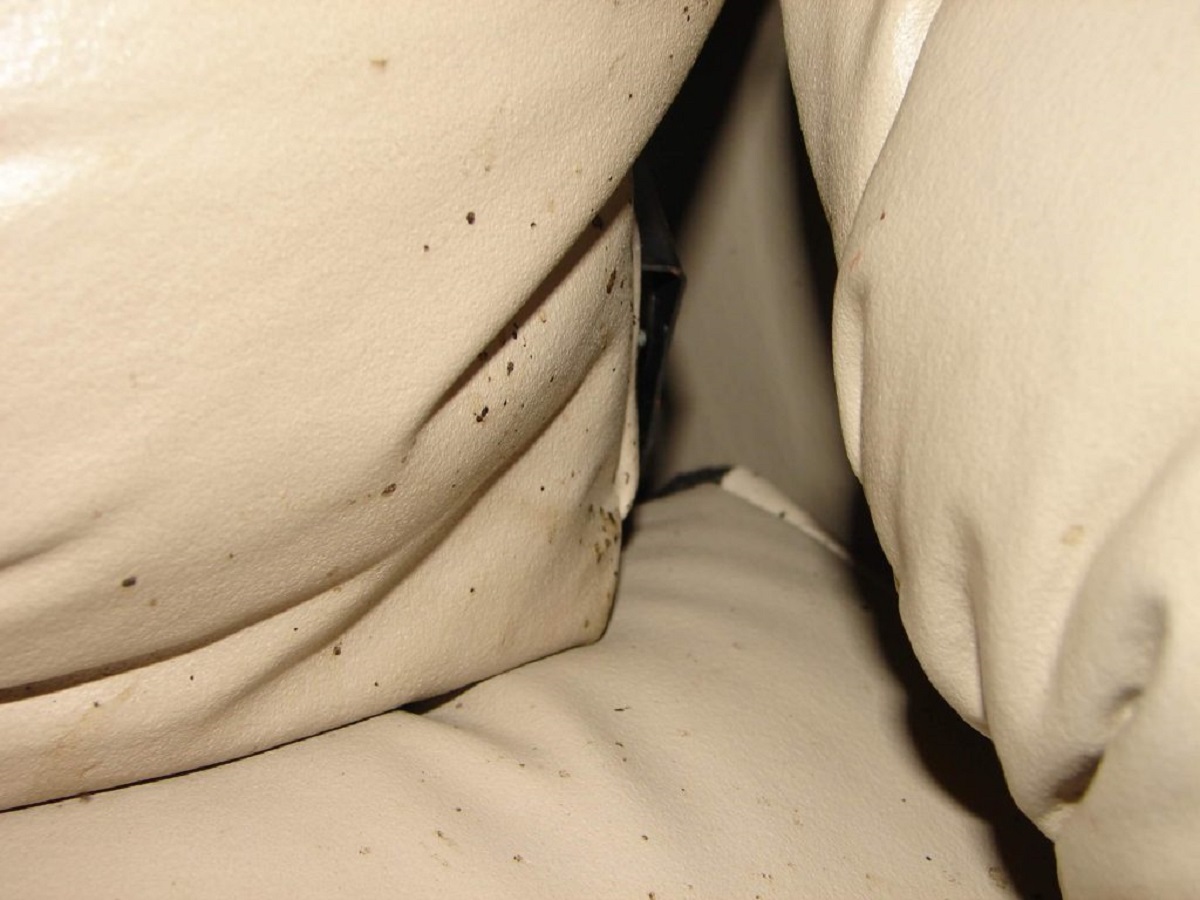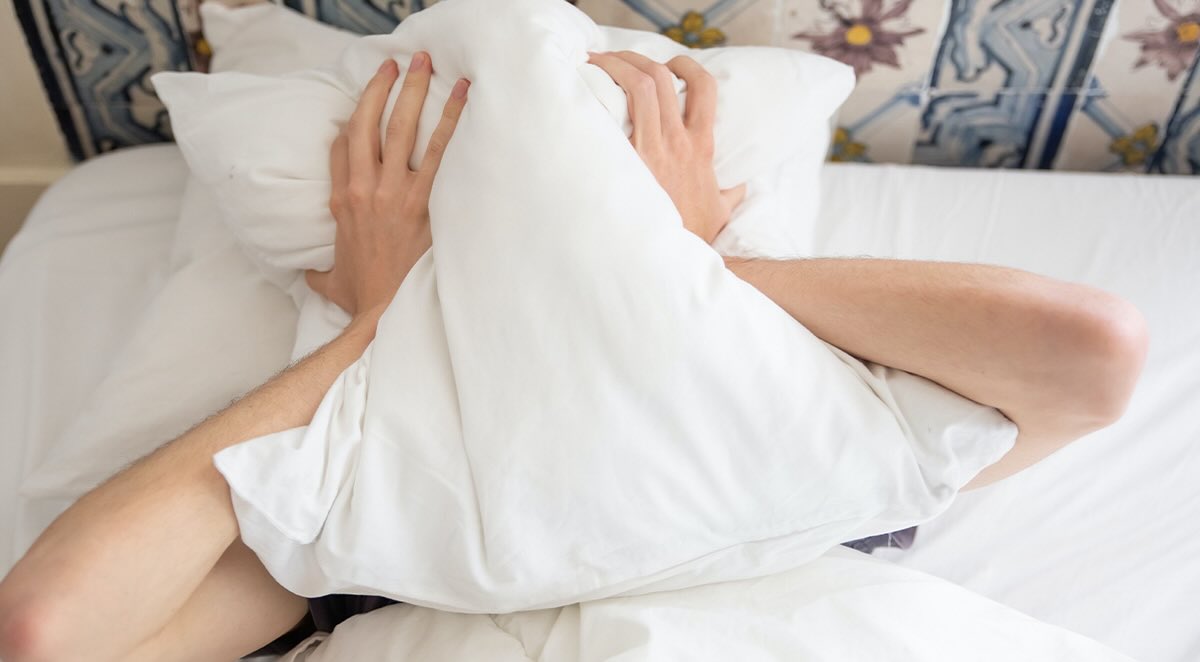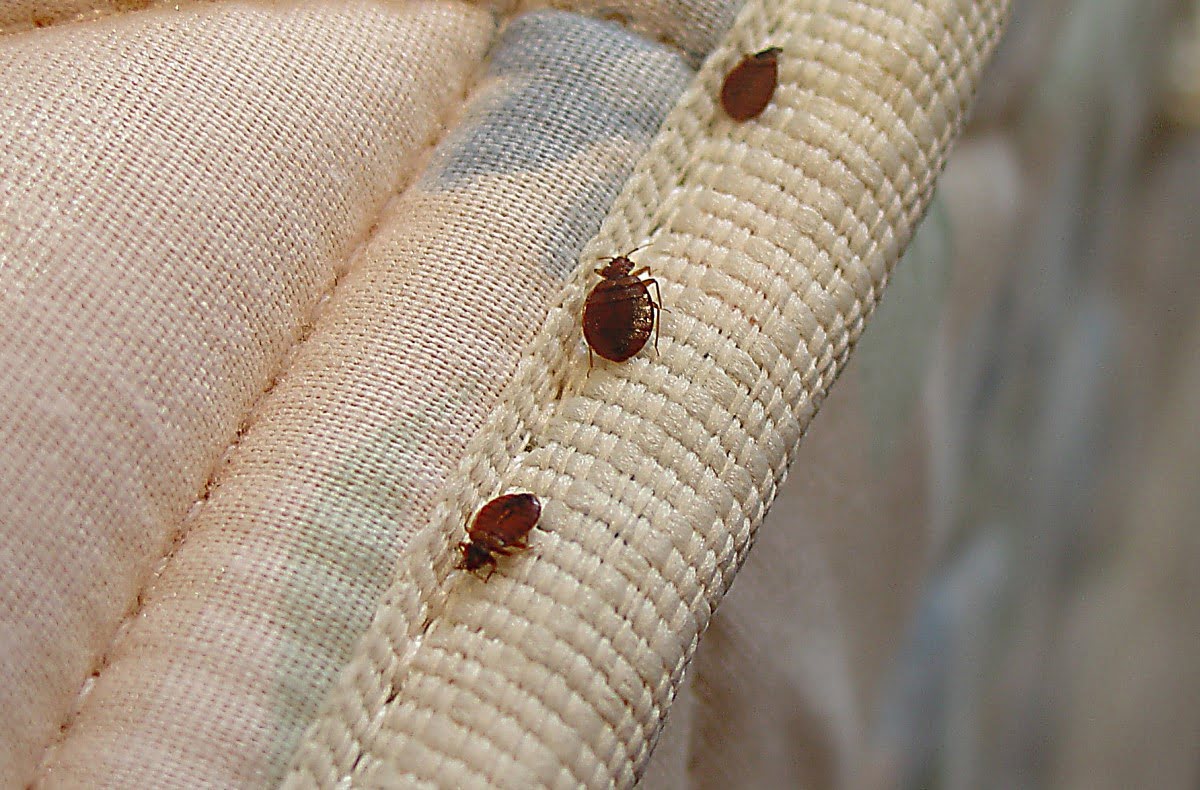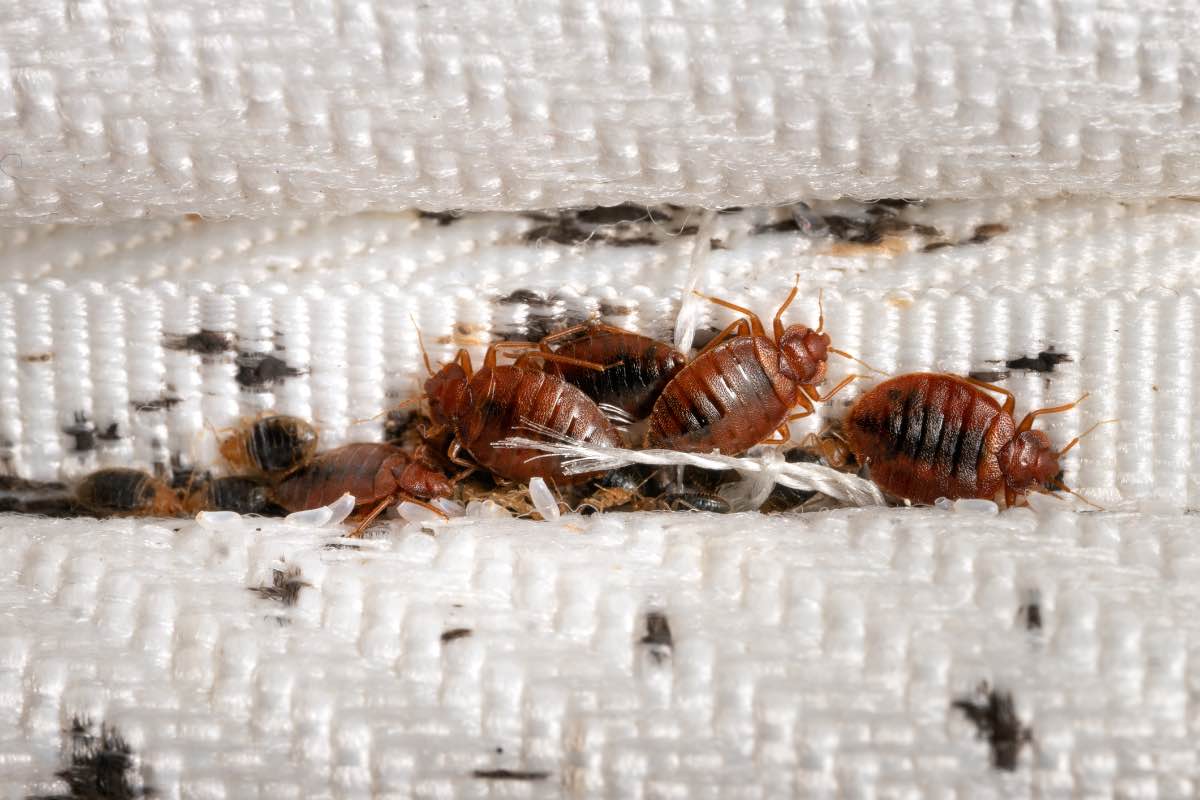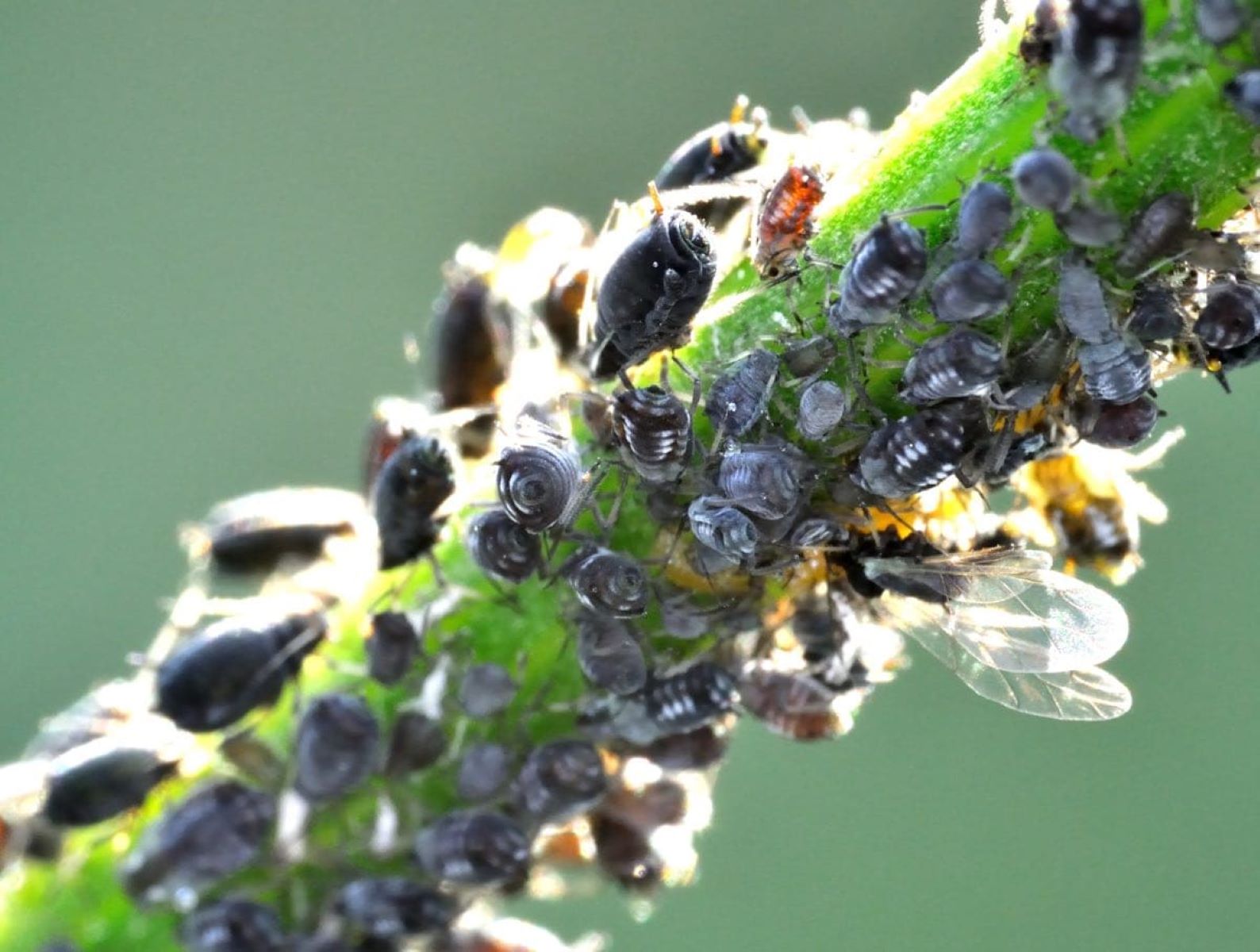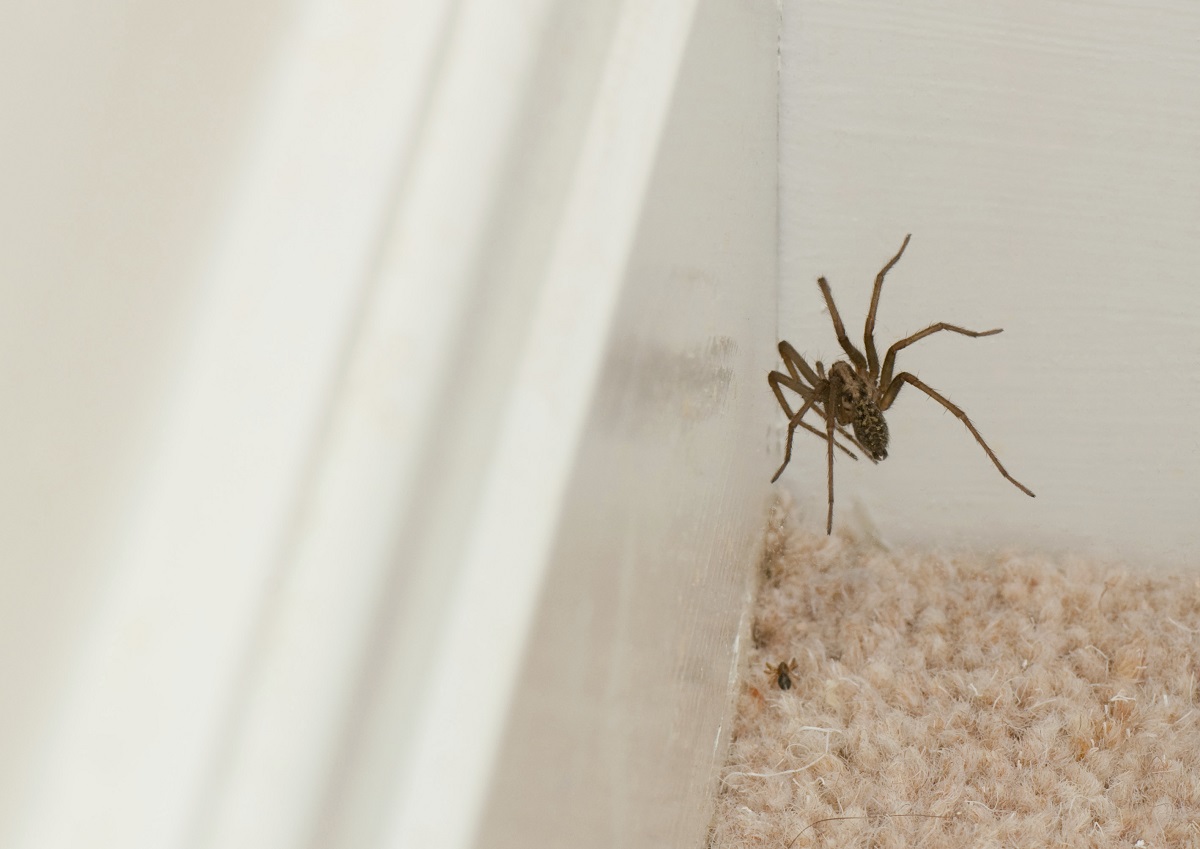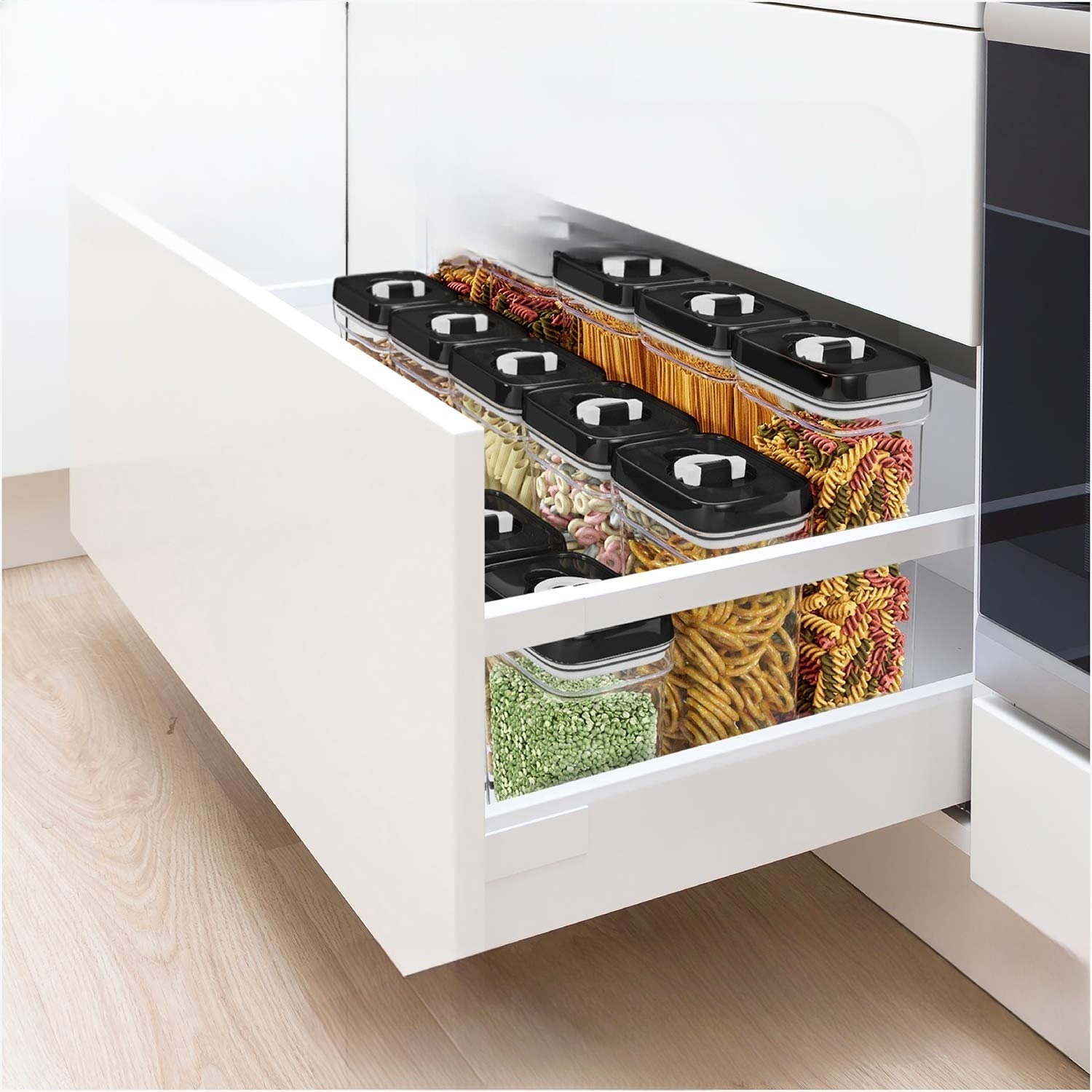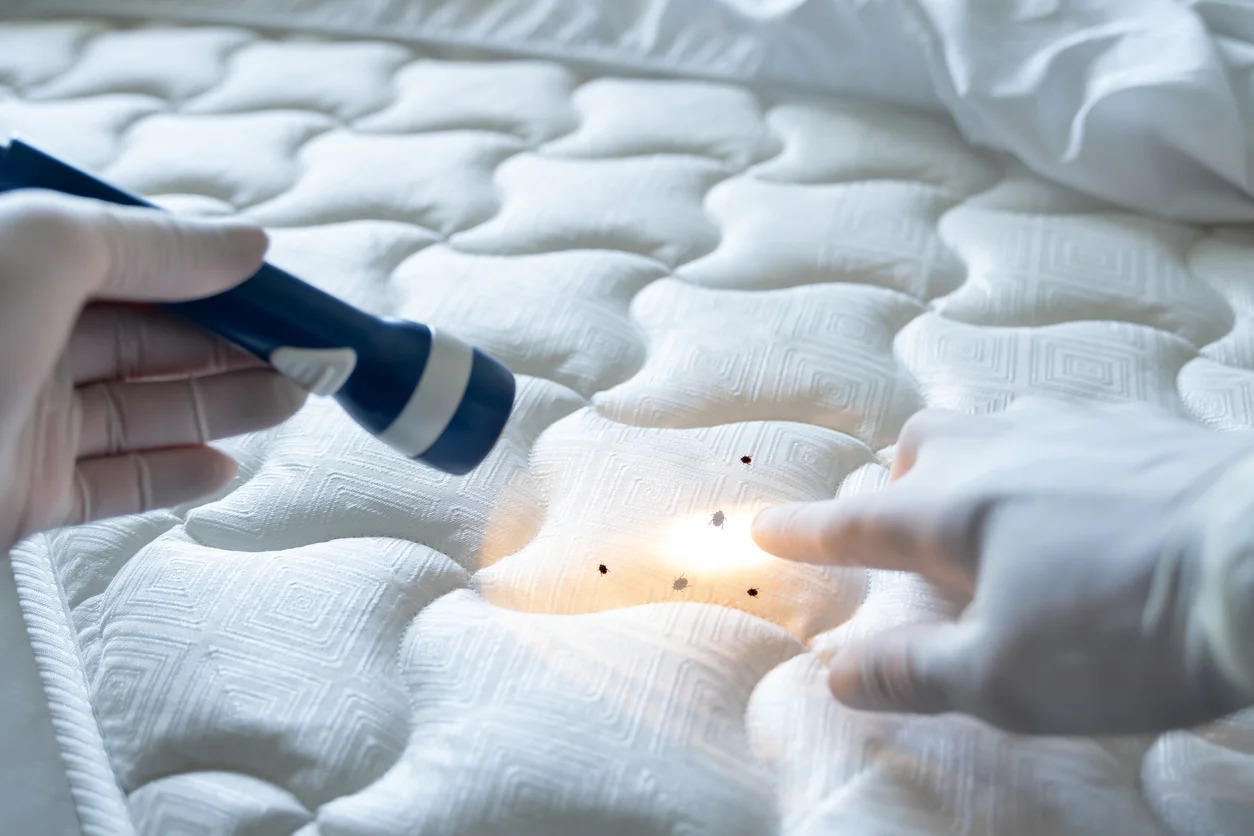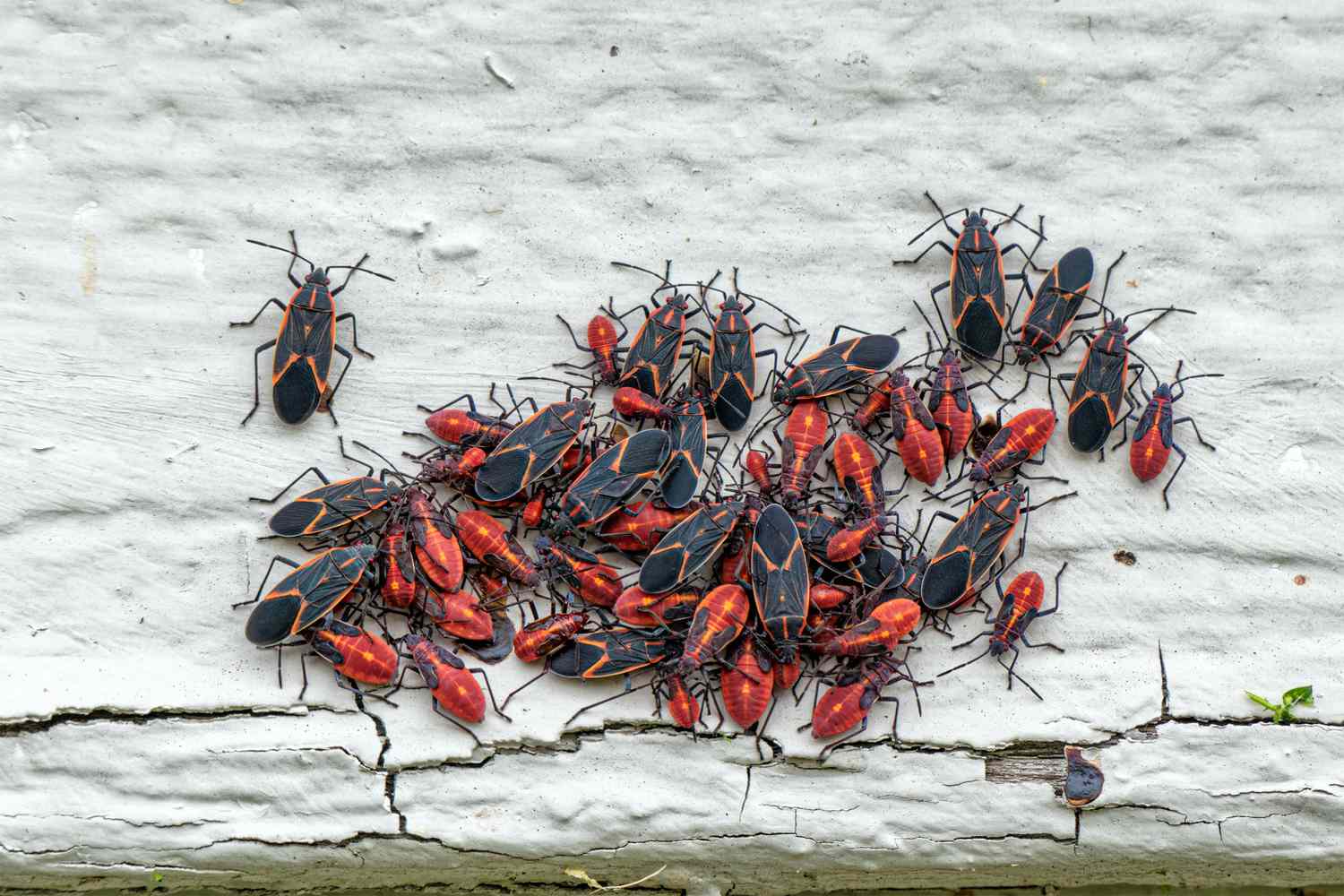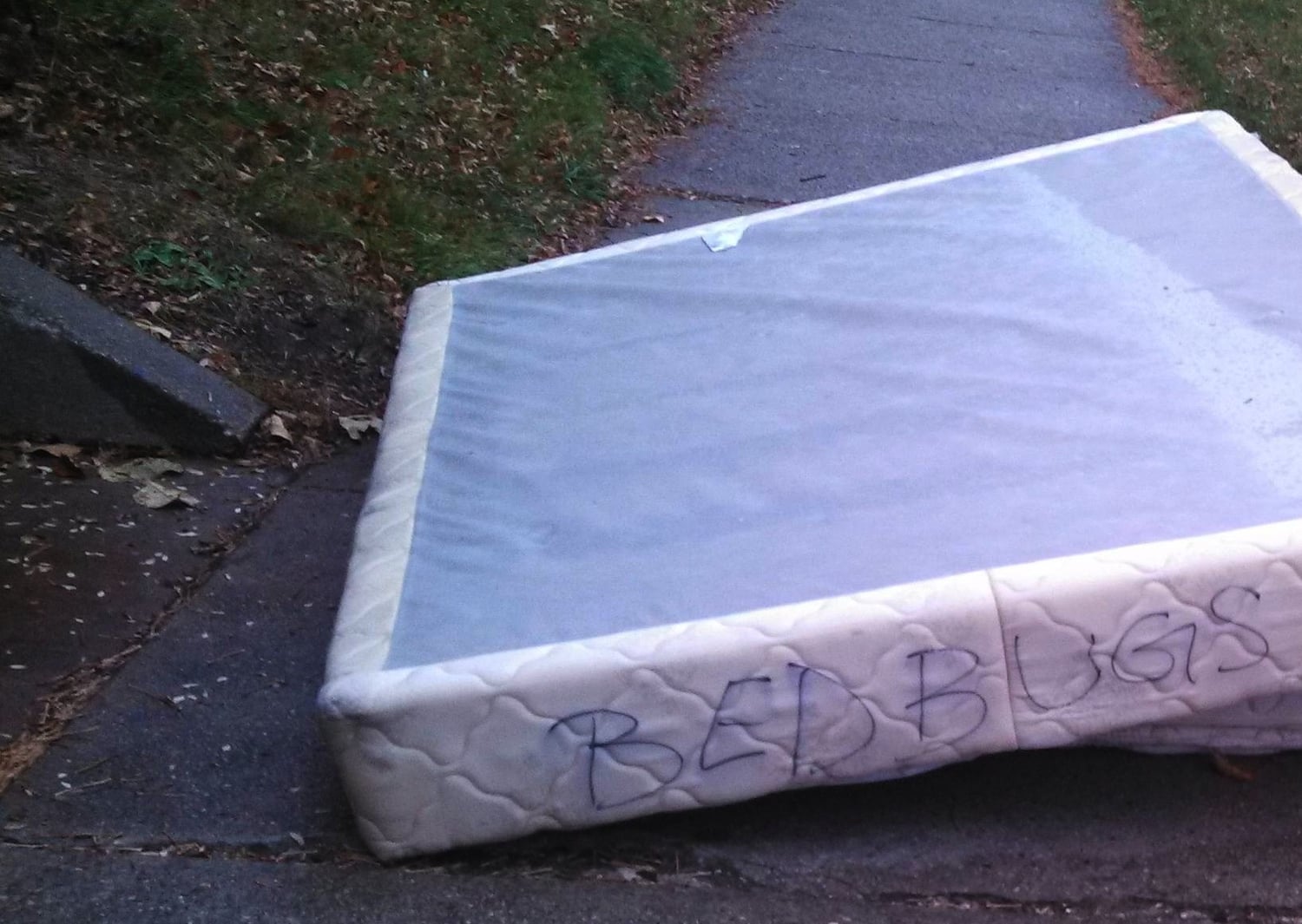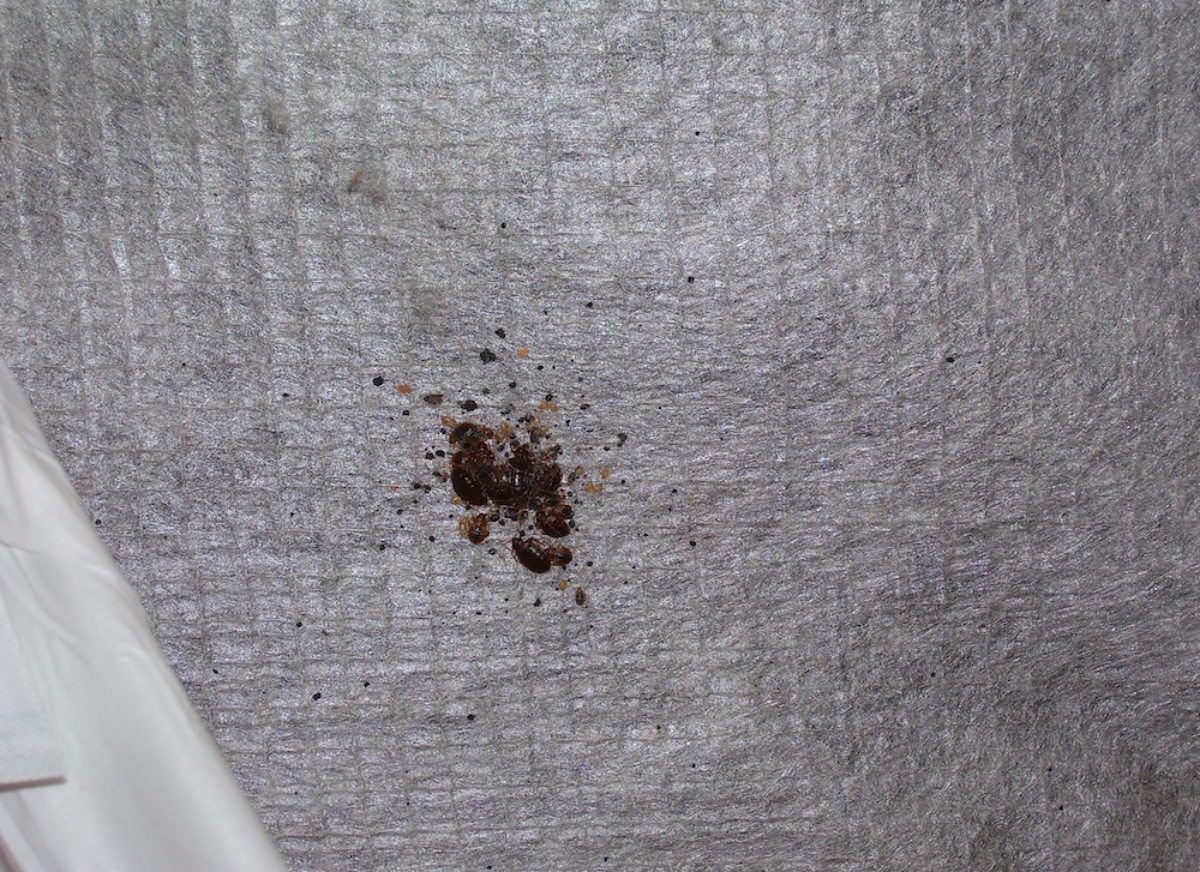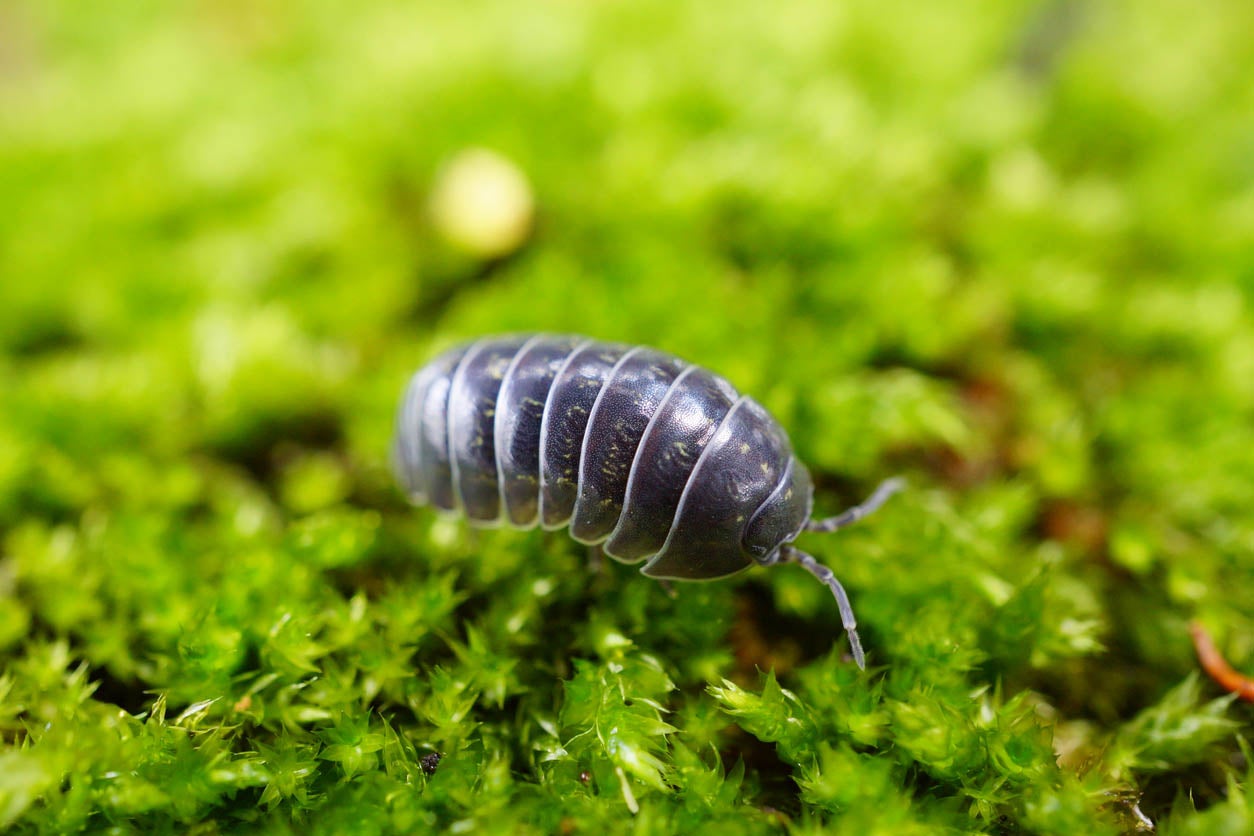Home>Furniture>Bedroom Furniture>How To Get Rid Of Bed Bugs From A Mattress
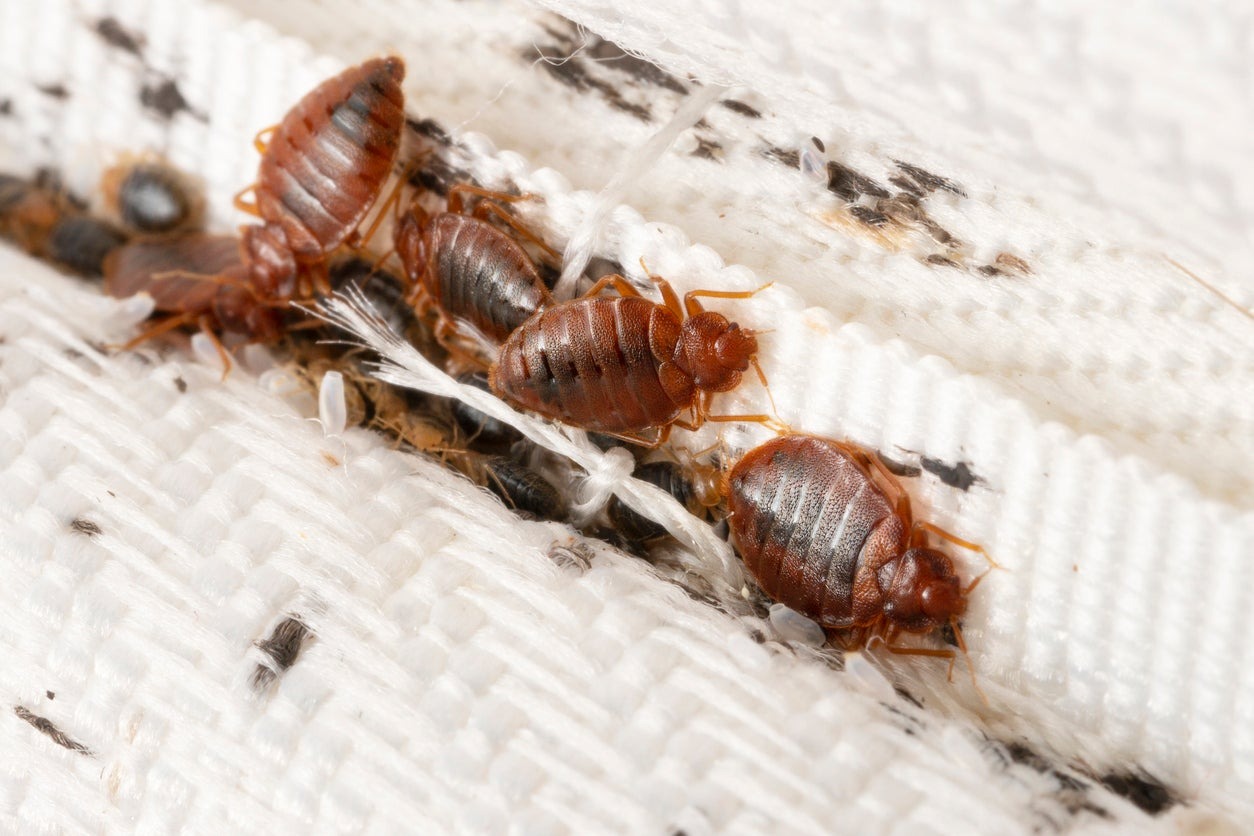

Bedroom Furniture
How To Get Rid Of Bed Bugs From A Mattress
Modified: March 6, 2024
Learn effective methods for removing bed bugs from your mattress and keep your bedroom furniture bug-free with our expert tips.
(Many of the links in this article redirect to a specific reviewed product. Your purchase of these products through affiliate links helps to generate commission for Storables.com, at no extra cost. Learn more)
Introduction
Bed bugs are a common nuisance that can disrupt your peaceful slumber. These tiny insects are notorious for infesting mattresses, making them an ideal breeding ground. If you’ve noticed itchy welts or unexplained bites on your body, it’s highly likely that you have a bed bug infestation. In this article, we will explore effective methods to get rid of bed bugs from a mattress.
Bed bugs are small, reddish-brown insects that feed on the blood of humans and animals. They are extremely resilient and can survive for several months without feeding. Unfortunately, these pests can multiply rapidly, causing a full-blown infestation in no time.
It’s important to act swiftly when dealing with bed bugs on a mattress. Not only are their bites itchy and uncomfortable, but they can also lead to allergic reactions and sleepless nights. By following the steps outlined in this article, you can regain control of your sleep environment and eliminate these unwanted guests from your mattress.
Before proceeding with the treatments, it’s crucial to confirm the presence of bed bugs on your mattress. Look out for the following signs:
Key Takeaways:
- Don’t let bed bugs ruin your sleep! Look for signs like live bugs, stains, and musty odor. Vacuum, steam, and use bed bug sprays to get rid of them.
- For severe infestations, consider hiring a professional exterminator. Natural remedies like diatomaceous earth and essential oils can also help.
Read more: How To Get Rid Of Bed Bugs On A Mattress
Signs of Bed Bugs on a Mattress
- Presence of Live Bugs: Bed bugs are small, no bigger than an apple seed. Check the seams, crevices, and tufts of your mattress for any signs of these bugs.
- Visible Stains: Bed bugs leave behind dark stains on the mattress, typically in the form of spots or streaks.
- Shed Skins: As bed bugs mature, they shed their exoskeletons. These discarded skins can be found in the crevices and seams of the mattress.
- Eggs and Eggshells: Bed bug eggs are tiny, about 1mm in size, and are often deposited near their hiding spots. Look for tiny white eggs or empty eggshells.
- Musty Odor: Bed bugs emit a distinct, sweet, musty odor. If you notice any strange smell coming from your mattress, it could be an indication of an infestation.
If you notice any of these signs, it’s time to take action and rid your mattress of these pesky bed bugs. Before starting the treatment process, it’s important to prepare the mattress properly.
Preparing the Mattress for Treatment
Before applying any treatment methods, it’s essential to properly prepare the mattress to ensure maximum effectiveness.
Start by removing all bedding, including sheets, pillowcases, and mattress protectors. Place them directly into a plastic bag and seal it tightly. This will prevent any bed bugs from escaping and infesting other areas of your home.
Next, using a stiff brush or a vacuum cleaner with a brush attachment, thoroughly vacuum the mattress. Pay close attention to the seams, crevices, and any tufted areas. This will help remove any live bugs, their eggs, and shed skins.
After vacuuming, carefully dispose of the vacuum bag in an outdoor garbage bin. If you are using a bagless vacuum, empty the contents into a sealed plastic bag and discard it immediately.
Now that the mattress is properly prepared, it’s time to move on to the treatment methods. There are several effective options to get rid of bed bugs from a mattress, and we will discuss them in detail in the following sections.
Key Takeaways:
- Don’t let bed bugs ruin your sleep! Look for signs like live bugs, stains, and musty odor. Vacuum, steam, and use bed bug sprays to get rid of them.
- For severe infestations, consider hiring a professional exterminator. Natural remedies like diatomaceous earth and essential oils can also help.
Read more: How To Get Rid Of Bed Bugs On A Mattress
Signs of Bed Bugs on a Mattress
Bed bugs are sneaky little creatures that can hide in the smallest of crevices. If you suspect a bed bug infestation on your mattress, it’s important to look out for the telltale signs. Here are the signs that indicate the presence of bed bugs on a mattress:
- Presence of Live Bugs: The most obvious sign of a bed bug infestation is the presence of live bugs. Adult bed bugs are small, about the size of an apple seed, and are reddish-brown in color. They are typically active during the night and hide during the day. Inspect your mattress thoroughly, paying close attention to the seams, crevices, and tufts, as these are common hiding spots for bed bugs.
- Dark Stains: Bed bugs leave behind dark stains on the mattress, which are often a result of their excrement. These stains may appear as small spots or streaks. If you notice any suspicious stains on your mattress, it’s a clear indication of a bed bug infestation.
- Shed Skins: As bed bugs grow and progress through their life cycle, they shed their exoskeletons. These discarded skins can often be found in the corners, seams, and crevices of the mattress. They are translucent and resemble empty shells. If you come across any bed bug shells, it’s a sure sign that your mattress is infested.
- Eggs and Eggshells: Bed bugs lay tiny, white eggs that are about 1mm in size. These eggs are often found near their hiding spots and can be difficult to spot with the naked eye. Look closely at the seams and tufts of your mattress for any signs of bed bug eggs or empty eggshells.
- Musty Odor: Bed bugs emit a distinct, sweet, musty odor. If you notice any unusual smell coming from your mattress, it could be an indication of a bed bug infestation. This odor is a result of the bed bugs’ scent glands and is often more pronounced in heavily infested areas.
When inspecting your mattress for bed bugs, it’s important to be thorough. Use a flashlight to get a better view of the seams, crevices, and other hidden areas. Additionally, consider using a magnifying glass to help you spot any small signs of an infestation.
It’s worth noting that bed bugs can also infest other areas of your bedroom, such as furniture, baseboards, and even electrical outlets. Therefore, it’s essential to inspect the entire room and take appropriate measures to eliminate the pests.
If you have identified any of these signs on your mattress, it’s crucial to take immediate action to get rid of the bed bugs. In the next sections, we will discuss effective methods to treat and eliminate bed bugs from your mattress.
Preparing the Mattress for Treatment
Before moving forward with any treatment methods, it’s important to properly prepare the mattress to ensure maximum effectiveness. Proper preparation will help create an optimal environment for treating and getting rid of the bed bugs.
Follow these steps to prepare your mattress for treatment:
- Remove Bedding: Start by stripping the mattress of all bedding, including sheets, pillowcases, and mattress protectors. Place them directly into a plastic bag and seal it tightly. This will prevent any bed bugs from escaping and infesting other areas of your home.
- Vacuum the Mattress: Using a vacuum cleaner with a brush attachment or a handheld vacuum, thoroughly vacuum the entire surface of the mattress. Pay close attention to the seams, crevices, and any tufted areas. This will help remove any live bugs, their eggs, and shed skins. Make sure to vacuum both sides of the mattress, as bed bugs can hide on either surface.
- Dispose of Vacuum Contents: After vacuuming, carefully dispose of the vacuum bag in an outdoor garbage bin. If you are using a bagless vacuum, empty the contents into a sealed plastic bag and discard it immediately. This will prevent any trapped bed bugs from escaping and re-infesting your home.
- Wash Bedding in Hot Water: While the mattress is being treated, it’s important to wash all bedding in hot water. Set the water temperature to at least 120°F (49°C) to ensure the bed bugs and their eggs are killed. After washing, dry the bedding on high heat to further eliminate any remaining pests.
- Seal Cracks and Crevices: Inspect the mattress for any cracks or crevices and seal them using caulk or adhesive. This will eliminate potential hiding spots for the bed bugs and prevent them from re-infesting the mattress after treatment.
By properly preparing your mattress for treatment, you increase the effectiveness of the subsequent steps and ensure that the bed bugs have nowhere to hide.
It’s important to note that preparing the mattress is just one part of the overall bed bug eradication process. To completely eliminate the infestation, you’ll need to follow through with additional treatment methods, which we will discuss in detail in the following sections.
Now that the mattress is properly prepared, it’s time to move on to the actual treatment methods that will help eradicate the bed bugs from your mattress and ensure a peaceful night’s sleep.
Read more: How To Get Rid Of Bed Bugs
Vacuuming the Mattress
Vacuuming the mattress is an essential step in getting rid of bed bugs. This method helps remove live bugs, their eggs, shed skins, and other debris that may be present on the surface of the mattress. Regular vacuuming can greatly reduce the bed bug population and prevent the infestation from spreading further.
Follow these steps to effectively vacuum your mattress:
- Choose the Right Vacuum: Use a vacuum cleaner with a brush attachment or a handheld vacuum for better maneuverability. Ensure that the vacuum has strong suction power to effectively remove the bed bugs and their eggs.
- Prepare the Vacuum: Before starting, ensure that the vacuum is clean and empty. If you’re using a bagless vacuum, make sure to empty the contents into a sealed plastic bag and discard it immediately after vacuuming.
- Vacuum the Mattress: Start by vacuuming the entire surface of the mattress, focusing on the seams, crevices, and tufted areas. Move the vacuum slowly over these areas to allow the suction to effectively remove any bed bugs or eggs that may be hiding. Be thorough and pay close attention to detail.
- Flip and Repeat: Once you’ve finished vacuuming one side of the mattress, carefully flip it over and repeat the process on the other side. Bed bugs can hide on either surface, so it’s important to vacuum both sides to ensure complete elimination.
- Seal and Dispose: After vacuuming, securely seal the vacuum bag or empty the contents into a sealed plastic bag. Take the bag outside of your home and place it in an outdoor garbage bin to prevent any bed bugs from escaping and re-infesting your space.
It’s important to note that vacuuming alone may not completely eliminate a bed bug infestation. However, it is a crucial step in the overall treatment process, and it helps to reduce the number of bed bugs and their eggs, making the subsequent treatments more effective.
Remember to vacuum your mattress regularly, even after the infestation is resolved, as a preventive measure. This will help maintain a clean and pest-free sleeping environment.
In the next section, we will discuss another effective method to treat a bed bug-infested mattress – steam cleaning.
Use a vacuum to thoroughly clean the mattress, paying special attention to seams and crevices. Then, encase the mattress in a bed bug-proof cover to prevent re-infestation.
Steaming the Mattress
Steaming the mattress is an effective method to eliminate bed bugs and their eggs, as the high temperatures generated by the steam can kill these pests on contact. Steam cleaning provides a chemical-free and non-toxic approach to treating a bed bug-infested mattress.
Follow these steps to steam clean your mattress:
- Choose a Steamer: Use a steamer specifically designed for killing bed bugs. Make sure it generates steam at a temperature of at least 160°F (71°C), as this is the temperature required to effectively kill bed bugs and their eggs.
- Prepare the Steamer: Fill the steamer with water according to the manufacturer’s instructions. Allow the steamer to heat up until it reaches the desired temperature.
- Test in an Inconspicuous Area: Before steaming the entire mattress, test the steamer on a small and inconspicuous area to ensure that the steam does not damage or discolor the fabric.
- Steam the Mattress: Starting from the top of the mattress, slowly move the steamer over the entire surface, focusing on seams, crevices, and tufted areas. Be thorough and spend more time on heavily infested areas. The steam should come into direct contact with the bed bugs and their eggs for maximum effectiveness.
- Allow Mattress to Dry: After steaming, allow the mattress to completely dry before placing any bedding back on it. This will prevent moisture buildup, which can lead to mold growth.
When using steam to treat bed bugs, it’s important to remember that the high temperatures are what kill these pests. Therefore, ensure the steamer reaches the necessary temperature and that the steam is applied directly to the infested areas of the mattress.
Steam cleaning is highly effective in killing bed bugs and their eggs, but it may not penetrate deep into the mattress. For a more thorough treatment, it’s recommended to combine steam cleaning with other methods, such as vacuuming or using bed bug sprays, which we will discuss in the next section.
By incorporating steaming into your bed bug treatment routine, you can effectively eliminate these pests from your mattress and create a cleaner and more comfortable sleeping environment.
In the following section, we will explore the use of bed bug sprays as another treatment option for a bed bug-infested mattress.
Using Bed Bug Sprays
Bed bug sprays are a popular and convenient method for treating a mattress infested with these pesky insects. These sprays are formulated to kill bed bugs on contact and provide residual protection against future infestations. When used correctly, bed bug sprays can be an effective tool in the fight against these unwanted pests.
Follow these steps to use bed bug sprays effectively:
- Choose an Effective Bed Bug Spray: Look for bed bug sprays that are specifically labeled for use on mattresses. These sprays should contain active ingredients that are proven to eliminate bed bugs, such as pyrethroids or neonicotinoids.
- Read Instructions Carefully: Before using the bed bug spray, carefully read and follow the instructions provided by the manufacturer. Pay attention to any safety precautions and ensure that the spray is suitable for use on mattresses.
- Prepare the Mattress: Remove all bedding from the mattress and place it in sealed plastic bags to prevent any bed bugs from escaping. Ensure that the mattress surface is clean and dry before applying the spray.
- Apply the Spray: Holding the bed bug spray about 8 to 10 inches away from the mattress, apply a thin, even layer of the spray to the entire surface. Pay close attention to the seams, crevices, and tufted areas, as these are common hiding spots for bed bugs.
- Allow Drying Time: After applying the spray, allow the mattress to dry completely before placing any bedding back on it. This will ensure that the bed bug spray has time to work and provide effective protection against bed bugs.
- Repeat as Needed: Depending on the severity of the infestation and the instructions provided by the manufacturer, you may need to reapply the bed bug spray multiple times to fully eliminate the bed bugs. Follow the recommended intervals for retreatment.
When using bed bug sprays, it’s important to note that they may not eradicate all the bed bugs and their eggs in one application. Combination treatments, such as vacuuming, steaming, and encasing the mattress, may be necessary for complete eradication.
Additionally, it’s essential to choose bed bug sprays that are safe for use on mattresses and follow all safety precautions provided by the manufacturer. Keep in mind that some sprays may require reapplication after a certain period of time to maintain their effectiveness.
By incorporating bed bug sprays into your treatment regimen, you can effectively eliminate bed bugs from your mattress and prevent future infestations. In the next section, we will explore the option of encasing the mattress for added protection.
Encasing the Mattress
Encasing the mattress is an important step in the process of eliminating bed bugs and preventing their reinfestation. Mattress encasement involves covering the entire mattress with a special protective cover that is designed to keep bed bugs from entering or escaping. This method creates a barrier that traps any remaining bed bugs inside the encasement, preventing them from biting you and infesting your mattress further.
Follow these steps to effectively encase your mattress:
- Choose a High-Quality Mattress Encasement: Look for mattress encasements that are specifically designed to protect against bed bugs. These encasements should be made of a strong and durable material, such as vinyl or tightly woven fabric, that doesn’t allow bed bugs to penetrate.
- Measure Your Mattress: Before purchasing an encasement, measure the dimensions of your mattress to ensure a proper fit. The encasement should completely cover the mattress without leaving any gaps or openings where bed bugs can enter or escape.
- Prepare the Mattress: Remove all bedding from the mattress and ensure that the surface is clean and dry before encasing it. If necessary, vacuum the mattress to remove any remaining bed bugs or debris.
- Fit the Encasement: Carefully slide the mattress encasement over the mattress, starting from one end and working your way to the other. Make sure the encasement fits snugly and securely around the entire mattress.
- Secure the Encasement: Most mattress encasements come with a zipper closure. Zip the encasement closed tightly, ensuring that there are no gaps or openings. Some encasements also have a Velcro or snap closure for additional security.
- Leave the Encasement On: Keep the encasement on your mattress for at least 12 to 18 months. This will help trap any remaining bed bugs inside the encasement, preventing them from biting and reproducing.
It’s important to note that encasing the mattress alone may not eliminate all the bed bugs in your bedroom. Bed bugs can also hide in other areas, such as furniture, baseboards, and electrical outlets. Therefore, it’s essential to undertake a comprehensive treatment approach that includes vacuuming, steaming, and using bed bug sprays.
By encasing your mattress, you create an extra layer of protection against bed bugs. It not only helps to eliminate the existing infestation but also serves as a preventive measure against future infestations.
In the next section, we will discuss natural remedies that can complement your bed bug treatment efforts.
Read more: How To Get Rid Of Bed Bugs In A Dresser
Applying Natural Remedies
While traditional methods such as vacuuming, steaming, and using bed bug sprays are effective in eliminating bed bugs, some individuals prefer to explore natural remedies for added peace of mind. Natural remedies can be a safer and chemical-free alternative to treating a bed bug-infested mattress. However, it’s important to note that natural remedies may not be as potent as conventional methods, and their effectiveness can vary.
Here are some natural remedies that can complement your bed bug treatment efforts:
- Diatomaceous Earth: Diatomaceous earth is a fine powder made from fossilized remains of tiny aquatic organisms. Sprinkle diatomaceous earth lightly over the entire surface of the mattress, paying close attention to seams and tufted areas. The powder dehydrates the bed bugs and causes them to die. Take precautions to avoid inhalation of the powder, as it can be irritating to the lungs.
- Essential Oils: Certain essential oils have insect-repellent properties that can help repel bed bugs. Mix a few drops of essential oils, such as lavender, tea tree, or peppermint oil, with water in a spray bottle. Spray the mixture on the mattress, focusing on areas where bed bugs are suspected to be hiding. Repeat this process regularly to deter bed bugs.
- Heat Treatment: Bed bugs are sensitive to high temperatures. By exposing the mattress to extreme heat, you can effectively kill the bed bugs and their eggs. Place the mattress in direct sunlight or use a handheld steamer to apply heat to the infested areas. Be cautious not to burn or damage the mattress.
- Herbal Sprays: Some herbal sprays are believed to have insecticidal properties that can repel and kill bed bugs. Look for sprays that contain ingredients such as neem oil, clove oil, or cinnamon oil. Follow the instructions provided by the manufacturer when applying herbal sprays.
- Laundering: Washing your bedding, including sheets, pillowcases, and mattress protectors, in hot water can help kill bed bugs and their eggs. Set the water temperature to at least 120°F (49°C) and dry the bedding on high heat. This natural remedy can help eliminate any remaining bed bugs and prevent reinfestation.
It’s important to note that natural remedies may not completely eliminate a bed bug infestation on their own. Combining natural remedies with other treatment methods, such as vacuuming and encasing the mattress, can enhance their effectiveness.
Remember to exercise caution when using natural remedies, especially when applying essential oils or powders. Some individuals may have allergies or sensitivities to certain substances. Additionally, natural remedies may need to be reapplied regularly to maintain their effectiveness.
In the next section, we will discuss the option of hiring a professional exterminator for severe bed bug infestations.
Hiring a Professional Exterminator
Dealing with a severe bed bug infestation on your mattress can be overwhelming and challenging to handle on your own. In such cases, it may be necessary to seek the help of a professional exterminator. Professional exterminators have the expertise, knowledge, and specialized equipment to effectively eradicate bed bugs and ensure a thorough treatment of your mattress.
Here are some reasons why hiring a professional exterminator for a severe bed bug infestation is beneficial:
- Experience and Expertise: Professional exterminators have extensive experience in dealing with bed bug infestations. They are trained to identify the severity of the problem, locate hiding spots, and develop a comprehensive treatment plan.
- Specialized Equipment and Techniques: Professional exterminators have access to specialized equipment and techniques that are not readily available to the average homeowner. They use high-powered steamers, bed bug-specific insecticides, and other advanced tools to effectively eliminate bed bugs from your mattress.
- Thorough Inspection and Treatment: Professional exterminators conduct a thorough inspection of your mattress and surrounding areas to identify all potential hiding spots for bed bugs. They then implement a customized treatment plan that targets both adult bed bugs and their eggs.
- Knowledge of Safety Precautions: Professional exterminators are well-versed in the safe and correct use of insecticides and other treatment methods. They take necessary precautions to protect your health and the environment while effectively eliminating the bed bug infestation.
- Follow-Up Services: Professional exterminators often provide follow-up services to ensure the effectiveness of the treatment. They may schedule additional visits to monitor and address any recurring bed bug activity, giving you peace of mind that the infestation has been eradicated.
While hiring a professional exterminator may be more expensive than attempting DIY methods, it is often the most effective and efficient solution for severe bed bug infestations. It can save you time, effort, and the frustration of dealing with an ongoing problem.
When selecting a professional exterminator, be sure to research and choose a reputable company with experience in treating bed bug infestations. Request a detailed treatment plan and estimate, and inquire about any guarantees or warranties provided.
By enlisting the help of a professional exterminator, you can ensure the complete eradication of bed bugs from your mattress and create a safer and healthier sleeping environment.
Now that we’ve explored various methods to get rid of bed bugs from a mattress, let’s conclude.
Conclusion
Dealing with a bed bug infestation on your mattress can be a stressful and frustrating experience. However, by following the appropriate methods and taking prompt action, you can effectively eliminate bed bugs and regain a peaceful sleep environment.
In this article, we discussed several methods to get rid of bed bugs from a mattress. We explored signs of bed bugs, including live bugs, dark stains, shed skins, eggs, and the musty odor they emit. Identifying these signs is crucial in confirming the presence of bed bugs and determining the extent of the infestation.
We then delved into the importance of preparing the mattress before treatment, including removing bedding, vacuuming the mattress, and sealing cracks and crevices. These preparations help create an optimal environment for the subsequent treatment methods.
We explored vacuuming the mattress to eliminate bed bugs, their eggs, and shed skins. The thorough vacuuming of both sides of the mattress is an essential step in reducing the bed bug population.
Next, we discussed steaming the mattress, which involves using high temperatures to kill bed bugs and their eggs. This chemical-free method is effective in treating infested areas, although a combination of treatments is often necessary for complete eradication.
We then explored the use of bed bug sprays, which are designed to kill bed bugs on contact and provide residual protection. These sprays can be an effective tool when used correctly, but they may need to be reapplied and combined with other methods for optimal results.
Encasing the mattress was another important method discussed. By using a specially designed protective cover, we can trap any remaining bed bugs inside and prevent them from biting or escaping. This method acts as a preventive measure and eliminates potential hiding spots.
For those seeking natural remedies, we explored options such as diatomaceous earth, essential oils, heat treatment, herbal sprays, and laundering. While these remedies may have varying levels of effectiveness, they can provide an alternative for those who prefer a more natural approach.
Lastly, we discussed the option of hiring a professional exterminator for severe bed bug infestations. Professional exterminators bring experience, specialized equipment, and knowledge to effectively treat the mattress and surrounding areas, providing a comprehensive solution.
It’s important to remember that the severity of the infestation and individual circumstances may warrant a combination of these methods. Regular monitoring and preventive measures, such as maintaining cleanliness and reducing clutter, can help minimize the risk of future infestations.
By proactively addressing a bed bug infestation and taking appropriate measures, you can successfully reclaim your mattress and ensure a safe and comfortable sleeping environment.
The information provided in this article is intended as a general guide. It’s always recommended to consult with a professional exterminator for severe or persistent infestations.
Here’s to a bed bug-free and restful sleep!
Frequently Asked Questions about How To Get Rid Of Bed Bugs From A Mattress
Was this page helpful?
At Storables.com, we guarantee accurate and reliable information. Our content, validated by Expert Board Contributors, is crafted following stringent Editorial Policies. We're committed to providing you with well-researched, expert-backed insights for all your informational needs.
